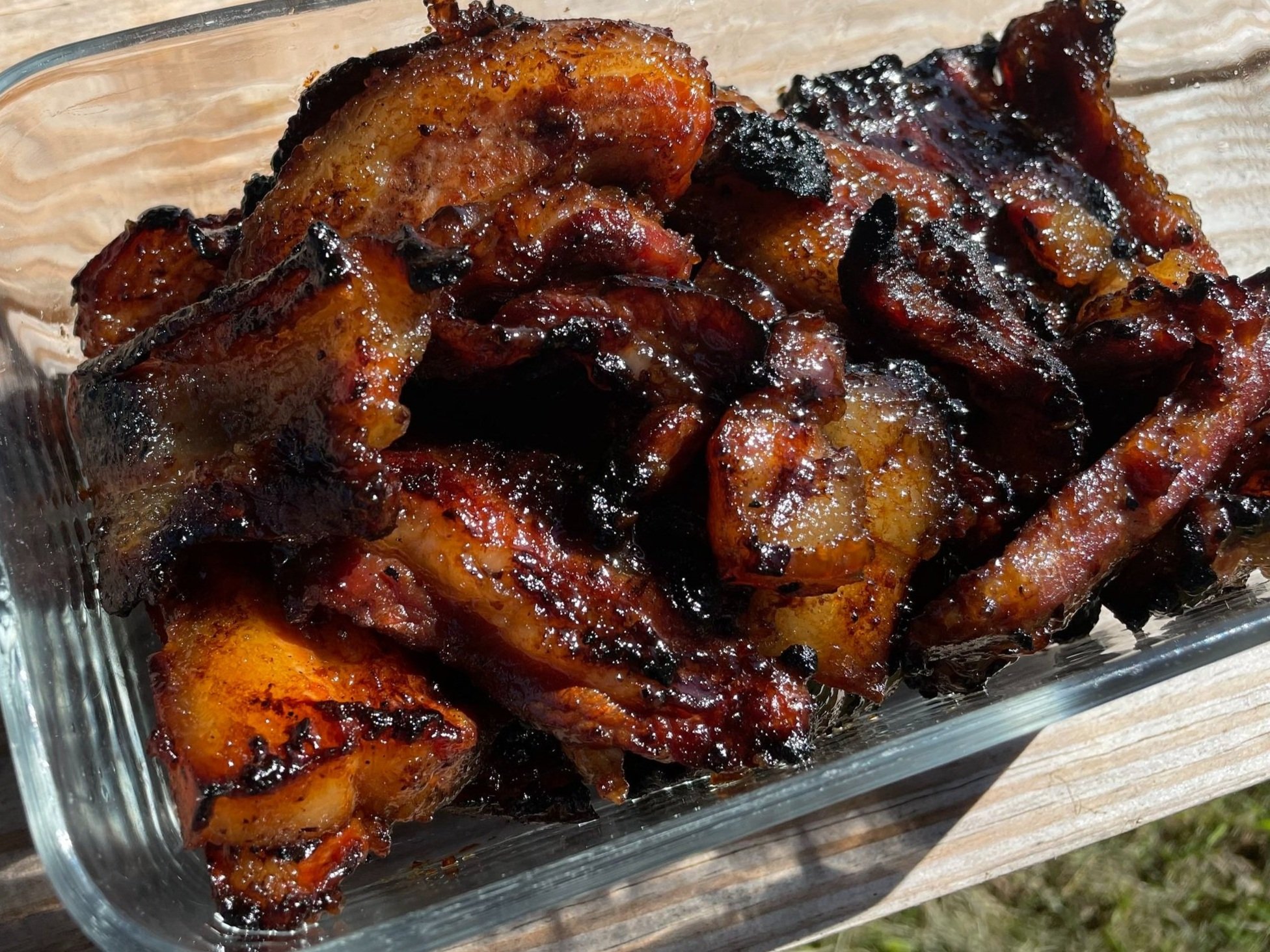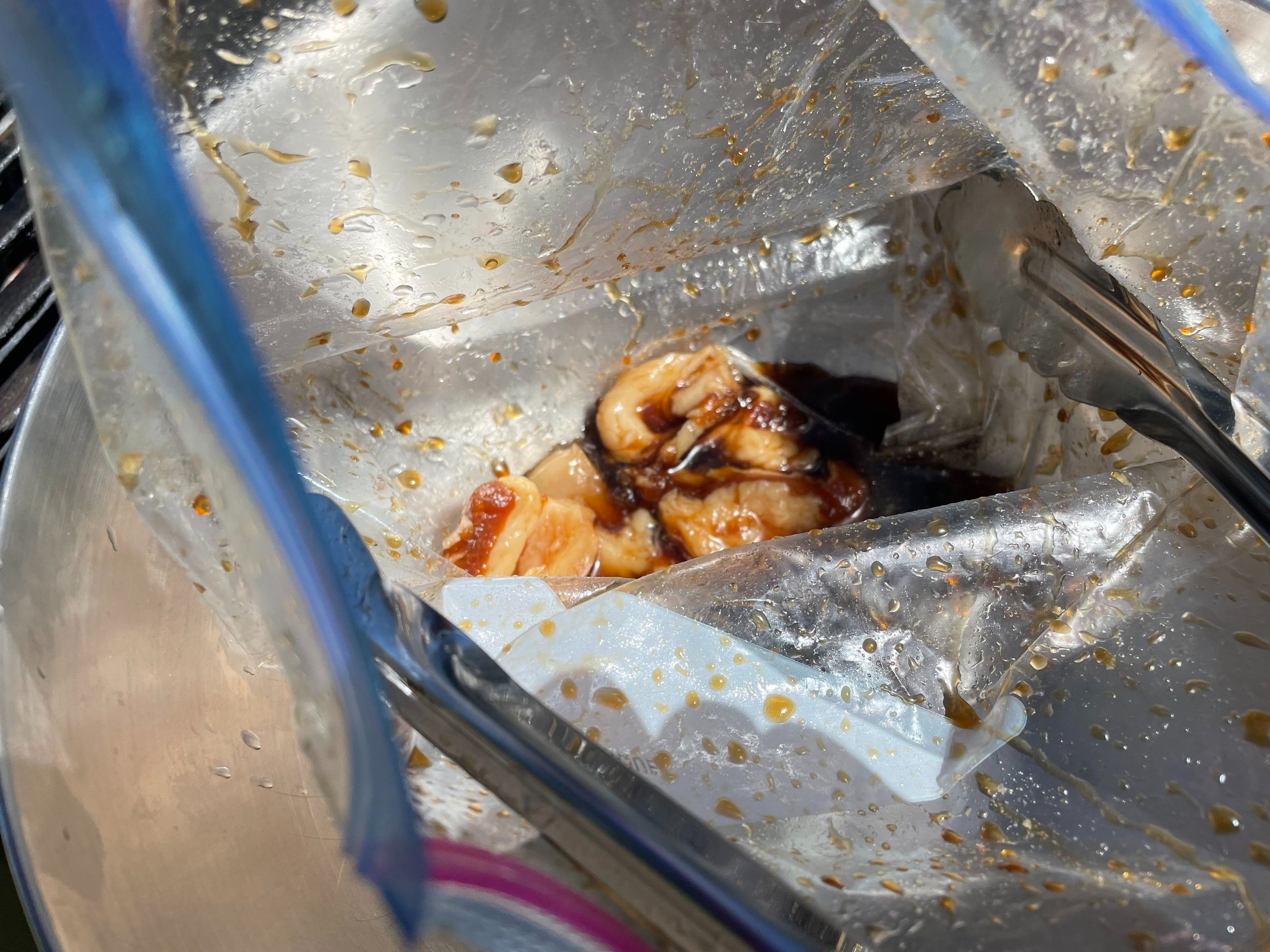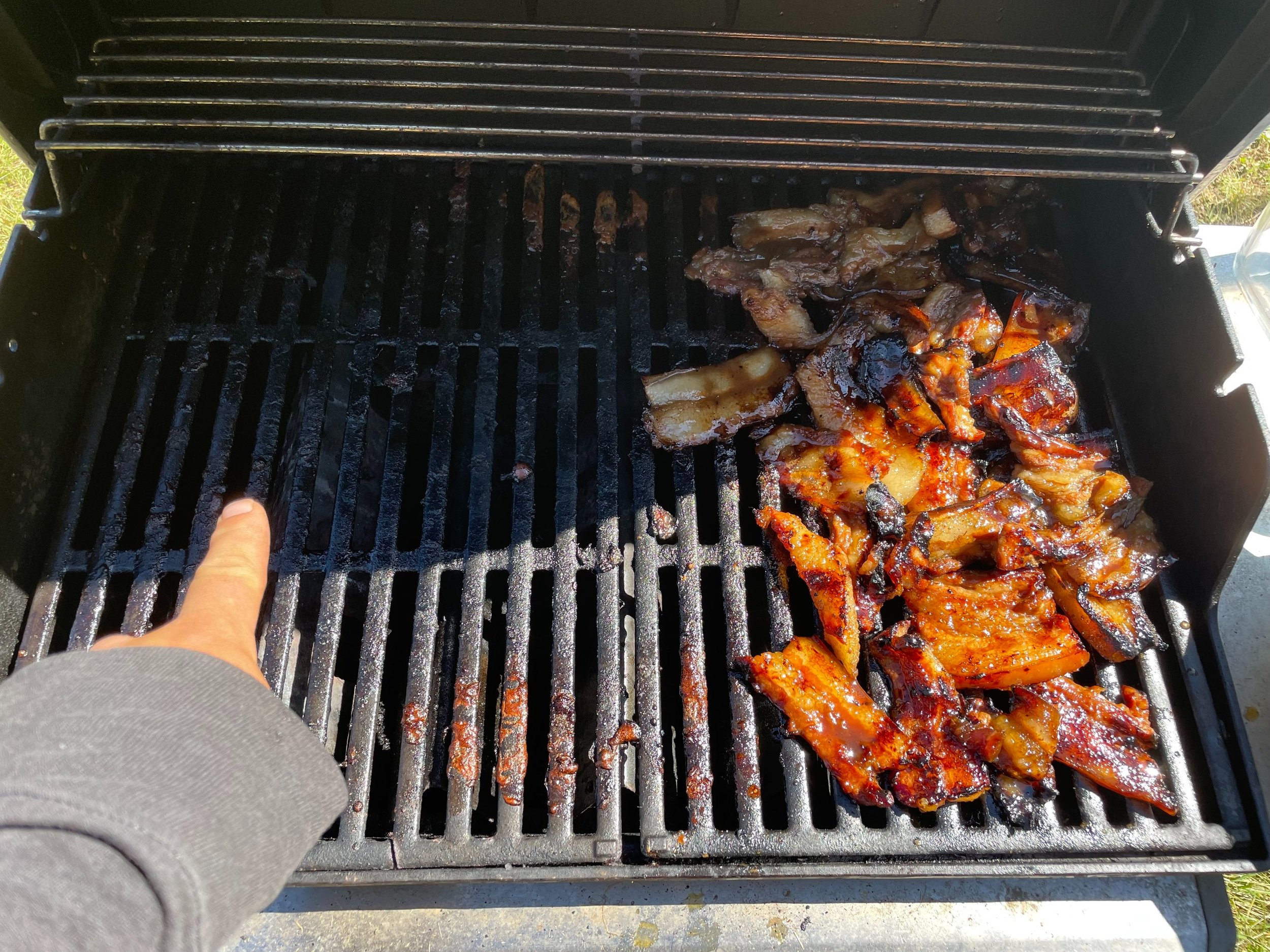Marek's Disease and the Story of Non-Sterilizing Vaccinations
/Two types of vaccine treatment
Fifty years ago Marek's caused mild paralysis in some chickens, reducing yields. This problem was solved with a vaccine. Almost all commercial chickens are now vaccinated against Marek's. Unlike the measles vaccine or the original polio vaccine, but like the flu vaccine, the avian influenza vaccine, and the vaccine which is 100 percent safe and effective after two shots, but also requires unlimited boosters, and correlates with decreased naturally immunity across all age groups and with increased danger from post-vaccination infection, and is associated with a larger incidence of extremely debilitating side effects than all other vaccinations combined, such as unexplained myocarditis in previously healthy children, and is now officially safe and effective for children despite more children dying in the vaccinated than in the unvaccinated group in the abbreviated and materially inconclusive (on the record!) efficacy trial, and which occasionally causes otherwise very healthy people with no prior risk of heart disease to drop dead from massive blood clots, which were previously "misinformation" and you were a liar if you said this happened but are now classified as "rare", and which is known to cause increased concentrations of potentially dangerous toxins in the ovaries, and correlates with an increase in miscarriages and a marked decline in fertility, the Marek's vaccine is "leaky".
Non-sterilizing vaccines: what could possibly go wrong?
"Leaky" is highly technical language. It may seem, to those of us who aren’t pharmaceutical company CEOs with profitable Defense Department contracts to inject American soldiers with experimental vaccines which correlate 100 percent with debilitating chronic illness, as if it means "they're lying and this isn't a real vaccine and it doesn't work", but what "leaky" means is highly technical. The Marek's vaccine preserves chickens from the symptoms of the disease (we hope) but doesn't prevent them from becoming infected and contagious. Instead of a sterilizing vaccine which effectively wipes out the disease, the leaky Marek's vaccine resulted in mutated strains of Marek's which are now extremely deadly, perhaps because, in the words of Harvard Medical School graduate Michael Crichton, "life finds a way" -- and the Marek's vaccine doesn't kill the Marek's virus, it just shoves it under the featherbed. This has been known for well over a decade (see, for example, Gimeno 2008 in “Vaccine”, Witter 1998 in “Poultry Science”, Boodhoo et. al. 2016 in “Veterinary Research”)* which is one reason why many previously highly-respected but, now that they disagree with industry-captured government agencies and people with a journalism degree, obviously incompetent, epidemiologists and virologists have been trying to spread the misinformation that widespread use of a leaky vaccine in humans might be a bad idea. We should obviously listen to television news anchors, who can read a teleprompter, and government bureaucrats, who can sometimes, and not to the top scientists in the field, who in speaking out and thus losing very lucrative grants and contracts from the drug companies and government agencies they criticize are clearly just self-interested and don’t understand the science.
You may be wondering if leaky vaccines given to people could result in a potentially dangerous disease mutation as with Marek's in chickens. The answer to that is, of course, absolutely not -- and if it does, rest assured pharmaceutical companies will come up with new vaccines to sell. So there's nothing to be concerned about. This was just a boring history lesson and any comparison to recent events is entirely unintended.
Natural immunity? What’s that?
Of course the alternative to treating a marginally dangerous illness with widespread use of non-sterilizing, “leaky” vaccines which directly cause viral mutations that greatly increase mortality, assuming the leaky vaccines even work, is to focus instead on overall population health of the flock (such as plenty of fresh air, exercise, and a natural diet), offer extra care to those which become ill, and allow the population to develop natural immunity to the virus over time, since natural immunity to even a mild strain is apparently effective against all variants. Officially, this practice doesn’t work, however, as widespread empirical observations to the contrary don’t count as data since they don’t take place in industry-funded labs. If you think that’s clearly wrong, and that to pursue as the only possible solution a schedule of constant vaccinations which are proven to make the disease more dangerous over time is criminally insane and everyone involved in such an obviously corrupt fiasco should be executed by firing squadlocked up, you don’t know what you’re talking about and you should stop spreading misinformation.
Our meat chickens are vaccinated against Marek's. We like our local family-run hatchery, and since they have to vaccinate for the larger commercial growers, they don't have any feasible means of vaccinating only some of the eggs but not others. It's too bad farmers didn't make a better decision about using a known "leaky" vaccine fifty years ago, or about believing the pharmaceutical sales representatives and the government regulators who rubber-stamped their recommendations.
Follow “the science”
In order to be better informed, we should clearly listen to talking heads on TV. Reading actual peer-reviewed published research is foolish. (Most of it is not replicable and a large number of studies are outright lies, but these are unfortunately the best we have, if you want to actually look at the data rather than “following the science”.) Simple, common-sense solutions which don’t require expensive and potentially dangerous chemicals sold by multinational drug companies are obviously not the answer to any of our problems. When deciding which “experts” are most credible, we should always give credence to those who are paid the most by corporate industry, and not to those who sacrifice lucrative paychecks in order to speak out. Speaking out is best done with the tongue thrust sideways into the inside of the cheek.
* Note that the people saying the vaccines are safe and effective NEVER cite actual double-blind controlled empirical large N studies, because there are none that support their claims.










